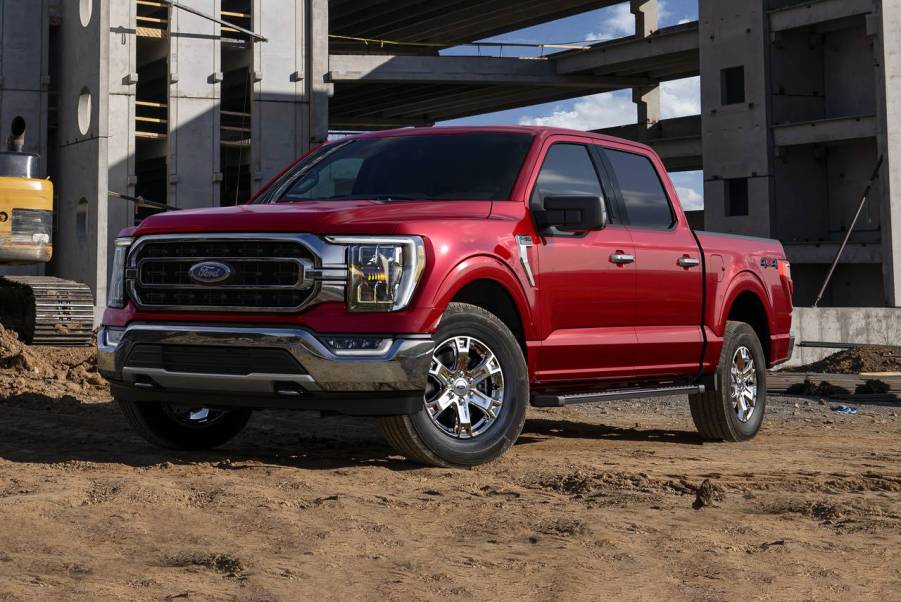
The Ford F-150 Is Cleared From Inaccurate Fuel Economy Ratings
Order in the court, the Ford F-150 is innocent! The gavel was struck, and this fullsize truck gets to drive away innocently. The Ford F-150 and Ford Ranger have faced allegations of inaccurate fuel economy ratings for years, but lawsuits have been dismissed.
Does the Ford F-150 have inaccurate fuel economy ratings?

Allegedly, the Ford F-150 and Ford Ranger were being sold with inaccurate fuel economy ratings on the window stickers. A class action lawsuit claimed that Ford knowingly advertised and sold about 636,000 trucks with the wrong fuel economy estimates.
Also, Ford may have cheated during fuel economy testing. According to Ford Authority, the 2018-2020 F-150 models and 2019-2020 Ranger models had misrepresented fuel economy numbers.
The figures were misrepresented by 15% on the highway and 10% in the city, creating about $2,290 in additional fuel costs during the truck’s lifetime. This assumes that the truck makes it to 150,000 miles and would consume an additional 821 gallons of fuel.
The $1.2 billion class action lawsuit was consolidated from multiple cases and was dismissed by a federal judge. The U.S. Circuit Court of Appeals voted three to zero against the appeal.
Why did the F-150 fuel economy lawsuit get dismissed?
The Ford F-150 and Ford Ranger technically didn’t display false fuel economy numbers because the Environmental Protection Agency (EPA) has the authority to estimate fuel economy ratings without being 100% accurate.
This overrides state law in that regard. Claims that the plaintiffs make may skew the balance and cause juries to represent the EPA in determining if fuel economy estimates are reasonable. Ford has been saying all along that the numbers are estimates.
Plus, window stickers are required to point out that actual fuel usage results may vary due to multiple reasons. For example, driving conditions, behavior, and maintenance can impact how much gas is used.
If you have a lead foot, slam on brakes, ignore oil changes, need an alignment, have worn-out tires, or under-inflated tires, then you might get a lower fuel economy average.
But overall, ratings serve as useful information for comparing different vehicles, even if they might not accurately predict the miles per gallon you get.
Does the F-150 have a good fuel economy?

The 2023 Ford F-160 has an average fuel economy for fullsize trucks. The 2.7-liter turbo V6 engine gets an EPA-estimated 20 mpg in the city and up to 26 mpg on the highway. Adding 4×4 may reduce these figures by one or two mpg.
With the twin-turbo 3.5-liter V6 engine, you could get an EPA-estimated 18 mpg in the city and up to 26 mpg on the highway.
The Ford F-150 PowerBoost Hybrid is currently the most fuel-efficient model. It pairs a 3.5-liter twin-turbo engine with an electric motor and battery pack to provide an EPA-estimated 25 mpg in the city and up to 26 mpg on the highway.
If you want to really go green, then check out the Ford F-150 Lightning for about 230 to 320 miles of range, depending on the model you choose.
Until then, the Ford F-150 isn’t misrepresenting its fuel economy figures. It uses the EPA’s estimates which may vary based on how you drive.





